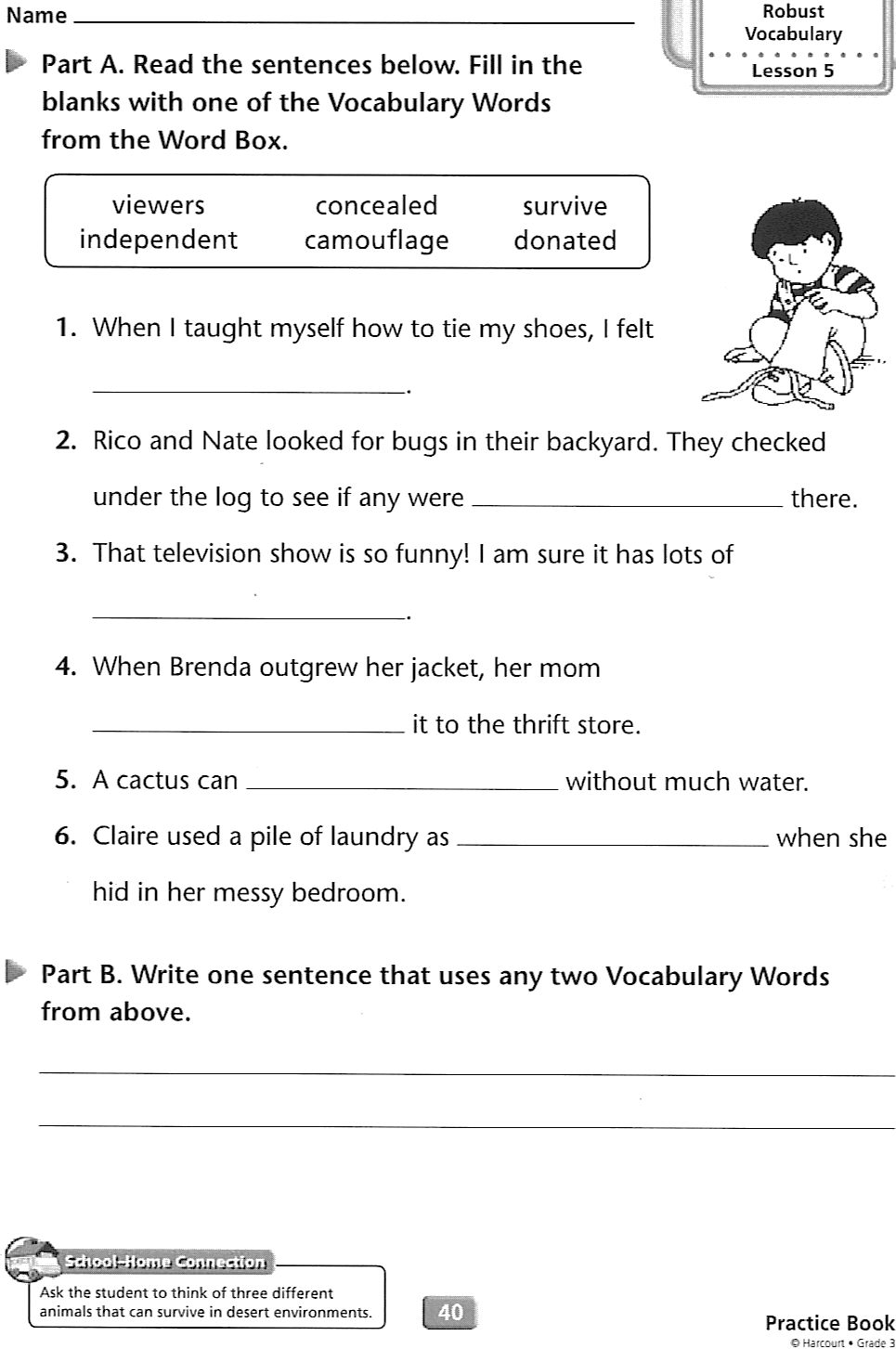Homework Help: Making 3rd Grade a Breeze
Remember those afternoons spent hunched over workbooks, pencil shavings scattered like confetti? Homework. It’s been a constant companion in a student's life for generations, sparking debates and maybe even a few sighs along the way. But what about our littlest scholars, those bright-eyed third graders just beginning to navigate the world of academics? How much homework is too much? How can we make it engaging? Let’s delve into the world of homework for kids in 3rd grade and discover how to make it a positive and fruitful experience.
The concept of homework itself isn't exactly new. While its formal structure might have evolved over time, the idea of reinforcing classroom learning at home has been around for centuries. Think of it as a vintage fashion trend – it might be reimagined and styled differently, but the core concept remains. For third graders, homework takes on a slightly more structured format than in earlier years. It’s no longer about playful learning through songs or simple counting games. Now, we're introducing more complex concepts: multiplication tables, paragraph writing, maybe even a dive into the fascinating world of fractions.
This shift in complexity makes it even more crucial to ensure that homework is approached thoughtfully. We want to nurture a love of learning, not create aversion to it. This means striking a balance between challenging young minds and overwhelming them. Homework in third grade shouldn't feel like a chore; it should be an opportunity to explore, practice, and solidify the skills they're developing in the classroom.
Let’s talk about why homework is important in the first place. Imagine a chef learning a new recipe. They might watch a demonstration, take notes, even participate in parts of the process. But true mastery comes from practicing that recipe independently, making adjustments as needed, and eventually, being able to recreate the dish with confidence. Homework serves a similar purpose. It provides the opportunity for independent practice, allowing students to internalize what they've learned, identify areas where they might need additional support, and build confidence in their abilities.
One of the beautiful things about this stage of education is that learning can easily be integrated into everyday life. Homework doesn't have to mean sitting at a desk for hours. It can be as engaging as helping with grocery shopping and calculating the total cost, reading a chapter book aloud before bedtime, or even baking a batch of cookies and discussing fractions as you measure the ingredients. When homework becomes an extension of their world, learning becomes an organic and enjoyable process.
Advantages and Disadvantages of Homework for Kids 3 Grade
| Advantages | Disadvantages |
|---|---|
| Reinforces classroom learning | Can lead to frustration if too challenging |
| Develops good study habits | May reduce time for other activities |
| Promotes responsibility and time management | Potential for power struggles between parents and children |
Creating a positive and productive homework routine for your third grader doesn't have to be a daunting task. By approaching it with a sprinkle of creativity, a dash of patience, and a whole lot of encouragement, you can help your child view homework as a fun challenge rather than a dreaded chore.
Squid games polish invasion unpacking the squid game po polsku phenomenon
Crafting the perfect llc business name
Unleash your inner artist exploring the magic of dibujos para colorear de hadas y unicornios














